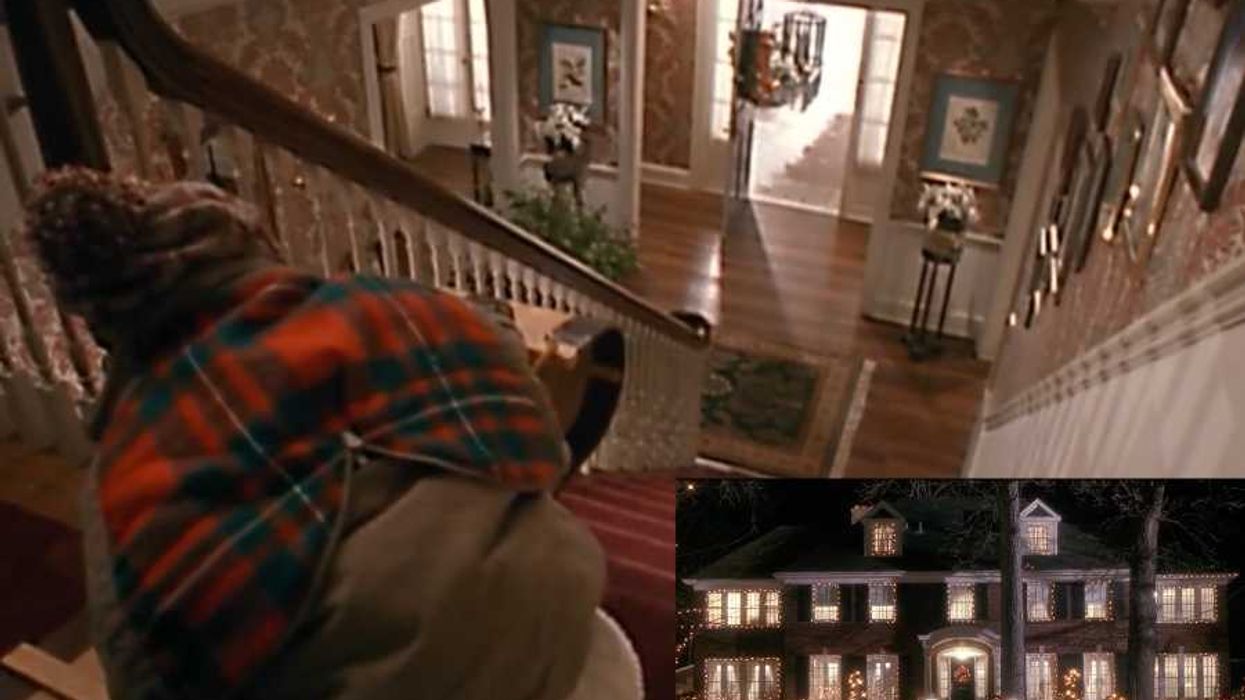The classic building material gets a makeover for form and function
The architect Louis Kahn liked to cloak his design process in mysteries; as he explained it once: "I look at a brick, and I say, ‘Brick, what do you want to be?'" That little koan encapsulates an entire strand of architecture theory: Good architects make a virtue of their material, limitations and all.And yet the maxim now means a little less, because a brick can be almost anything. It has everlasting virtues-it was modular and pre-fab before those words were invented-and it remains outstandingly strong and durable. But, contemporary architects demand greater expressiveness from their building block, and scientists are reformulating the humble material's makeup and pressing it into service cleaning the environment. Louis Kahn's clever brick, posed with the same question today, would answer: How good is your imagination?Take, for example, the Mornington Center, a rehabilitation home for the elderly on the Australian coast. (Pictures here.) Lyons Architects wanted the structure to look like a beach house-a regular brick building would be too institutional and severe. So, the designers considered timber. "We also wanted it to look inviting, since rehab care can be so intimidating," says Richard Blight, an architect at Lyons. "Timber wasn't tough enough for the elements."So the Lyons team figured out how to make bricks look like timber: Brick molds with the swirling texture of wood grain were modeled on computer, then fabricated with 3-D printers. The molds were then used to imprint wet bricks as they were made. In all, they used seven different brick colors and three different mold patterns. Bricklayers at the construction site then got laminated printouts-tiny pieces of a brick-by-brick rendering of the façade-to guide their work.In New York's Nolita district, the architects of 290 Mulberry (pictured above) faced the challenge of fitting their new building into a historically rich setting. Zoning laws dictated that the condominium, which will be finished this winter, had to blend with surrounding structure, one of which is the Puck Building, an iconic masterpiece of brickwork located across the street. For architects at the firm SHoP, the question was: How can you possibly compete?"The Puck was cutting edge a century ago," says Federico Negro, 290 Mulberry's project leader. "We had to reconsider what brick detailing means in the 21st century."The building's undulating façade wasn't laid one brick at a time-it was hung from the concrete superstructure in 360 sheets, fronted by bricks, backed by concrete, and fastened with steel. Each sheet got its shape from a prefab rubber mold; bricks were then laid into each one and then joined into a sheet with concrete. In all, 25 different molds were used-but you'd never know. SHoP used custom computer modeling to make sure the panels joined precisely, to produce seamless patterns-as if the bricks were traditionally laid--that span the entire building.The previous two examples really speak to humanist values of expression and aesthetics. But bricks are also being marshaled to fight global warming. Dutch researchers at the University of Twente want to use titanium-laced bricks (pictured above) to scrub car emissions of pollutants, right where they're emitted.This month, the doped bricks were installed as paving stones on a city street in the town Hengelo in the eastern part of The Netherlands. When car exhaust washes over the bricks, the harmful nitrogen dioxide reacts with the titanium in the presence of sunlight. Instead of being emitted into the air, the noxious gas is oxidized, turning into powdery nitrates, which are benign, naturally occurring compounds that rain easily washes away. Since cars burp the most emissions when accelerating or stopping, the researchers propose laying the bricks at busy intersections.Architecture and design usually get the most attention when the scale's massive- kinetic, self-powered buildings, super-tall towers and the like. But if you're wondering what the future will look like, material innovations are the best index of how we'll be living fifty years from now, because they'll define the fabric of our cities.(Photos: 290 Mulberry facade from SHoP Architects; road in Chigasaki City, Japan, paved with titanium-laced bricks from Mitsubishi Materials Corporation.)
















 Otis knew before they did.
Otis knew before they did.